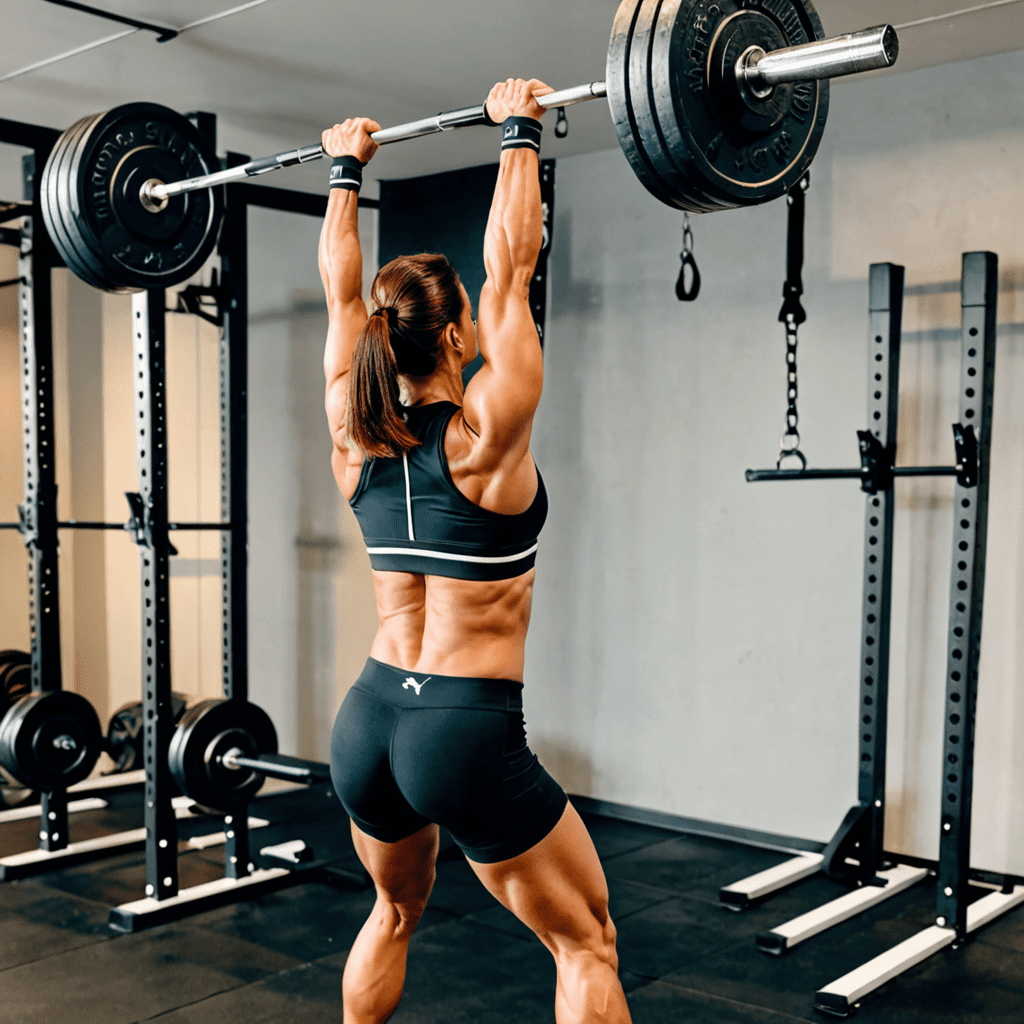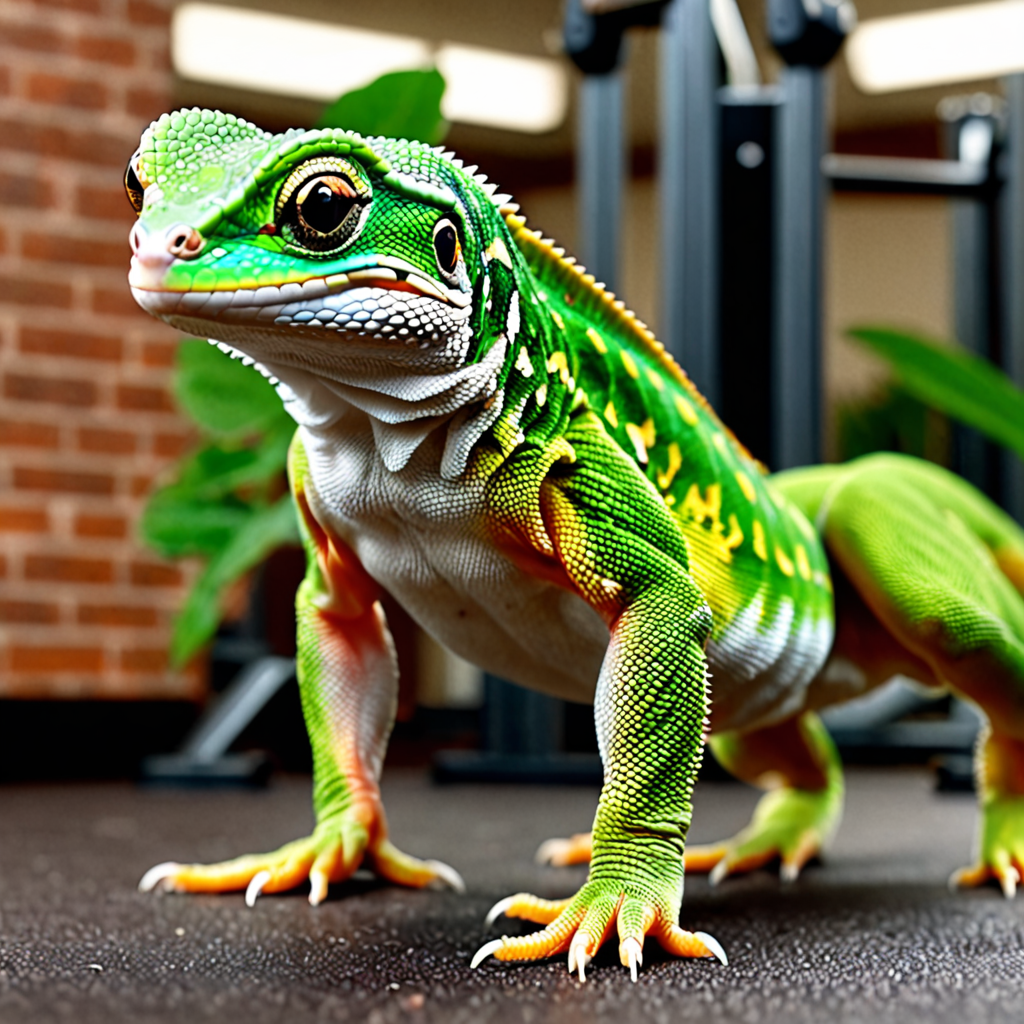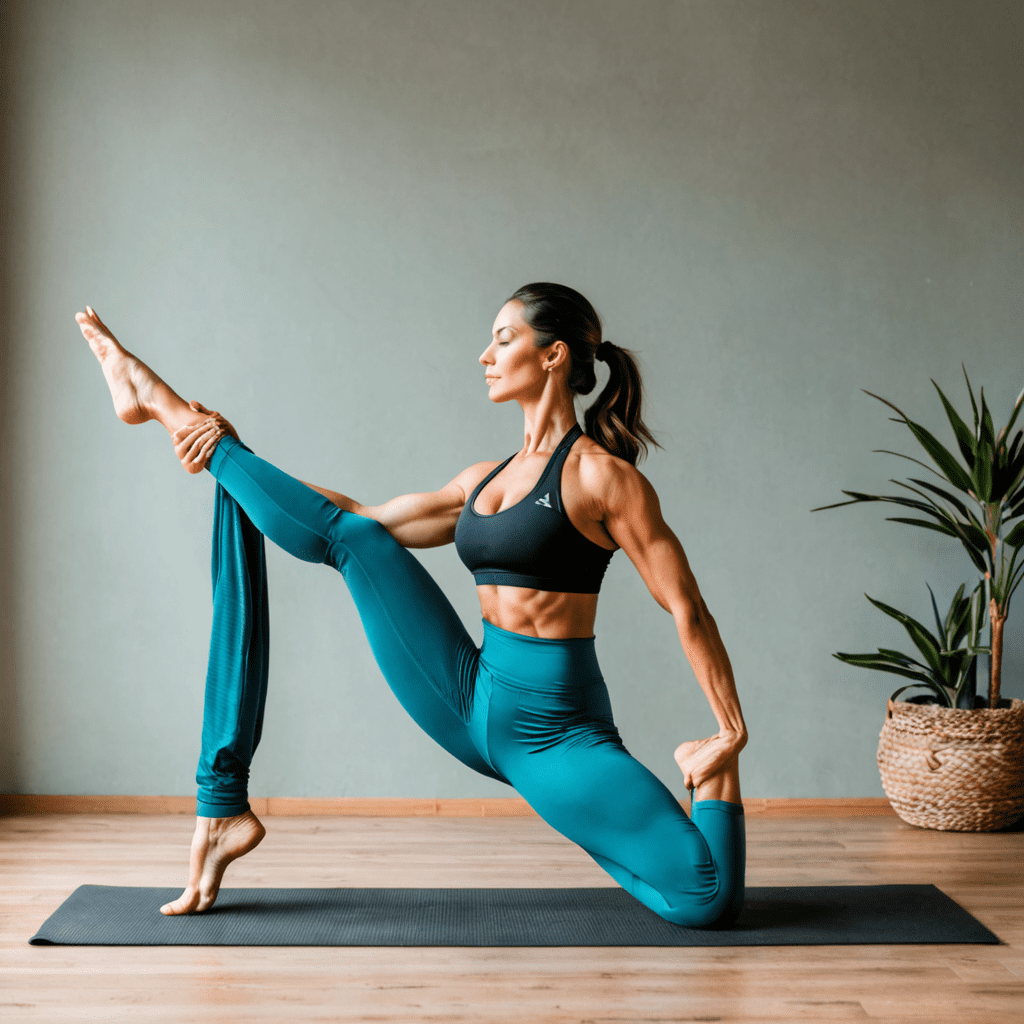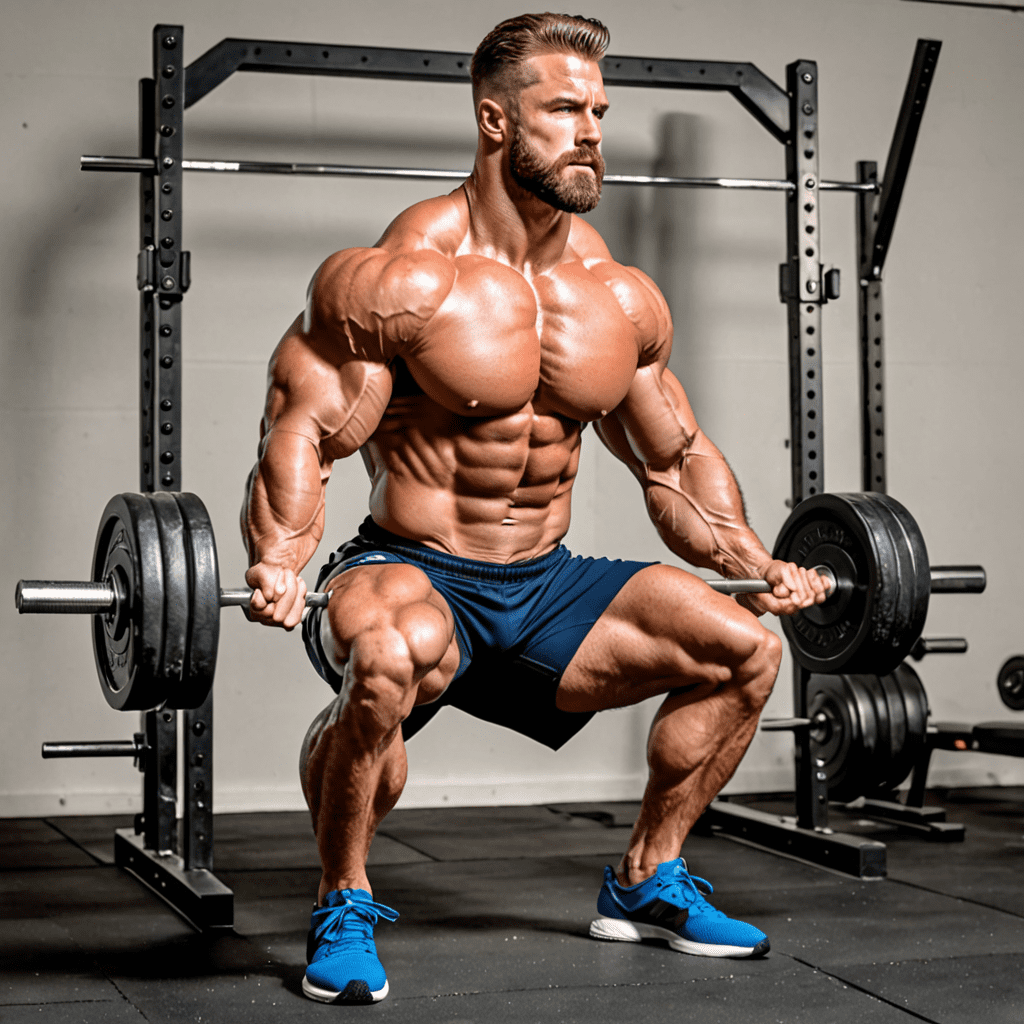
Mastering the Overhead Squat: A Perfect Technique Guide for Fitness Enthusiasts
Introduction
The overhead squat is a compound exercise that targets multiple muscle groups and helps improve overall strength, flexibility, and mobility. This exercise involves holding a barbell or other weighted object overhead while squatting down and then standing back up. To perform this exercise correctly and safely, follow the step-by-step guide below.
Benefits of the Overhead Squat
Before diving into the technique, it’s important to understand the benefits of incorporating overhead squats into your fitness routine:
- Strengthens the core, glutes, and leg muscles
- Improves stability and balance
- Increases flexibility and mobility in the shoulders, hips, and ankles
- Enhances overall body coordination
- Activates the entire body, leading to a high caloric burn
Step-by-Step Guide to Perform an Overhead Squat
- Start with an empty barbell and adjust the weight according to your fitness level.
- Stand with your feet shoulder-width apart and toes slightly turned out.
- Grasp the barbell with a wide grip and position it overhead, resting it on the base of your hands and wrists.
- Engage your core and keep your chest lifted and shoulders pulled back throughout the exercise.
- Begin the squat by pushing your hips back and bending your knees, lowering yourself until your thighs are parallel to the ground.
- Pause briefly at the bottom of the squat, maintaining a neutral spine.
- Drive through your heels and extend your hips and knees simultaneously to return to the starting position.
Tips for Proper Technique
To optimize your overhead squat technique, keep the following tips in mind:
- Maintain a tight core throughout the exercise to prevent lower back pain or injuries.
- Ensure your knees track over your toes throughout the movement.
- Keep your weight evenly distributed across your feet.
- Engage your glutes and drive through your heels to maintain stability.
- Practice proper breathing techniques by inhaling before descending into the squat and exhaling as you stand up.
Common Mistakes to Avoid
When performing the overhead squat, it’s important to avoid the following mistakes:
- Allowing your knees to cave inwards
- Leaning too far forward or rounding your back
- Not achieving a full range of motion by squatting deep enough
- Using excessive weight before mastering the proper technique
- Rushing the movement and sacrificing proper form
Frequently Asked Questions (FAQ)
1. Can I substitute a barbell with dumbbells or a kettlebell?
Yes, you can perform overhead squats with dumbbells or a kettlebell to vary your routine or if you don’t have access to a barbell. The technique is similar, but the grip and balance may differ.
2. Is the overhead squat suitable for beginners?
The overhead squat requires a certain level of strength, stability, and mobility. It’s recommended for individuals with prior experience in squats and proper technique. Beginners should start with bodyweight squats and gradually progress to the overhead squat.
3. Are there any alternatives to the overhead squat?
If you’re unable to perform the overhead squat due to physical limitations or lack of equipment, there are alternative exercises that target similar muscle groups, such as front squats or dumbbell thrusters.
4. How often should I incorporate overhead squats into my workout routine?
The frequency of overhead squats depends on your fitness goals, current abilities, and overall workout routine. Start by adding them once or twice a week and gradually increase the frequency as you become more comfortable and proficient in the exercise.
5. Can the overhead squat be beneficial for athletes in specific sports?
Yes, the overhead squat can be particularly beneficial for athletes involved in sports that require lower body strength, stability, and explosiveness, such as weightlifting, CrossFit, basketball, and track and field.


